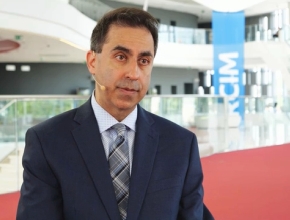Full article
A PDF of the full version of the article can be accessed free of charge through the website of Polish Archives of Internal Medicine.
Abstract
Myxedema coma and thyroid storm are among the most common endocrine emergencies presenting to general hospitals. Myxedema coma represents the most extreme, life-threatening expression of severe hypothyroidism, with patients showing deteriorating mental status, hypothermia, and multiple organ system abnormalities. It typically appears in patients with preexisting hypothyroidism via a common pathway of respiratory decompensation with carbon dioxide narcosis leading to coma. Without early and appropriate therapy, the outcome is often fatal. The diagnosis is based on history and physical findings at presentation and not on any objective thyroid laboratory test. Clinically based scoring systems have been proposed to aid in the diagnosis. While it is a relatively rare syndrome, the typical patient is an elderly woman (thyroid hypofunction being much more common in women) who may or may not have a history of previously diagnosed or treated thyroid dysfunction.
Thyrotoxic storm or thyroid crisis is also a rare condition, established on the basis of a clinical diagnosis. The diagnosis is based on the presence of severe hyperthyroidism accompanied by elements of systemic decompensation. Considering that mortality is high without aggressive treatment, therapy must be initiated as early as possible in a critical care setting. The diagnosis cannot be established based on laboratory tests alone, but several scoring systems are available. The usual clinical signs and symptoms of hyperthyroidism are present along with more exaggerated clinical manifestations affecting the cardiovascular, gastrointestinal, and central nervous systems. A multipronged approach has been recommended and has been associated with improved outcomes.
 English
English
 Español
Español
 українська
українська











